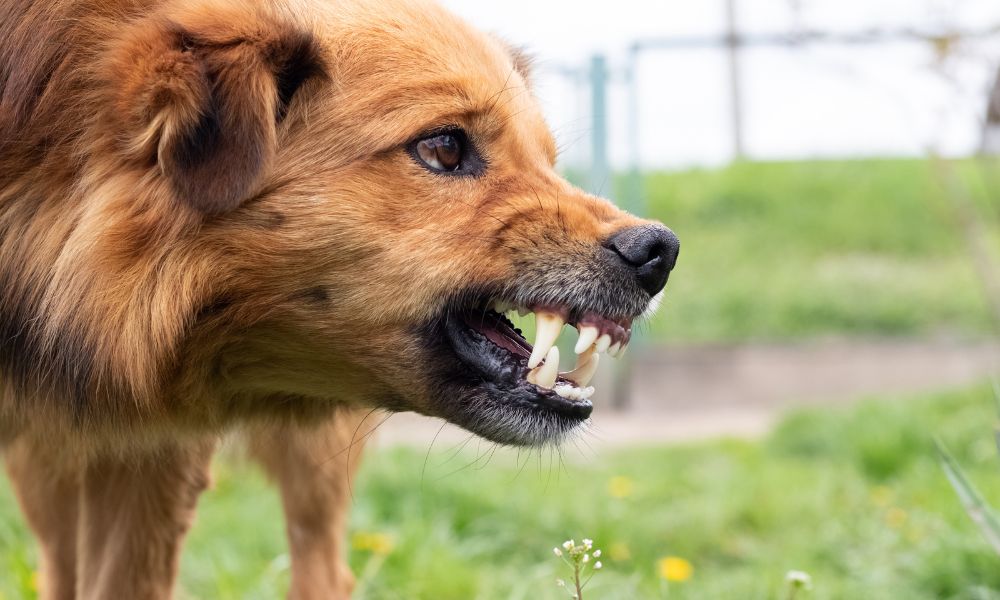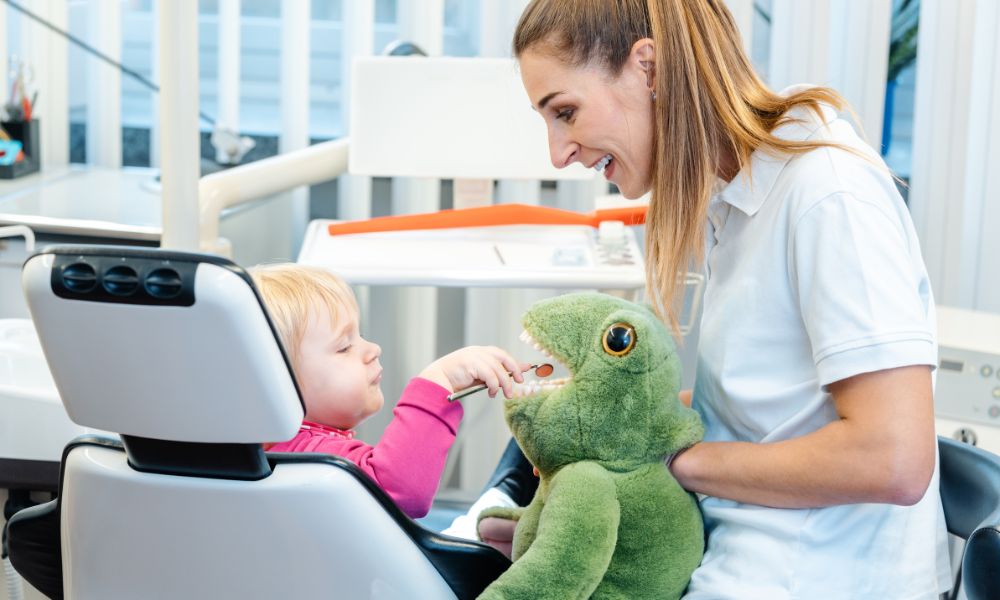
We all want our furry companions to be healthy, happy, and well-behaved. However, canine aggression can unexpectedly rear its ugly head, leaving us puzzled and concerned. Understanding the factors contributing to aggression in dogs can help us address the issue and maintain a peaceful, positive environment for both our pets and ourselves. We’ll explore the most common reasons behind canine aggression so that you can better understand your pet’s behavior and take steps to prevent or manage any issues.
Fear and Anxiety
Underlying fear and anxiety are significant driving forces behind canine aggression. A dog may react aggressively when they’re afraid or feel like they need to defend themselves from a perceived threat. This fear can arise from past traumatic experiences, lack of proper socialization, or a general anxious disposition. Dog owners should recognize their pet’s fear and work on providing a safe and comfortable environment, along with proper socialization and training to help alleviate anxiety-related aggression.
Territorial Behavior
Dogs are naturally territorial animals, and it’s not uncommon for them to display aggression when protecting what they perceive as their territory. This can extend to both their physical environment and family members. In many cases, a dog may view other animals or people entering their designated space as a threat, leading to aggressive behavior. Addressing this issue requires consistent and positive training, emphasizing proper boundaries, and reinforcing appropriate responses to territorial triggers.
Resource Guarding
Canine aggression can also stem from resource guarding, which involves a dog feeling the need to protect valuable resources such as food, toys, or a favored resting spot. This behavior can manifest in various ways, like growling, baring teeth, or snapping when someone approaches their prized possession. Fortunately, there are several effective training techniques to mitigate dog aggression—specifically this type of protectiveness. To manage resource guarding, teach your dog that sharing or giving up their resources will result in positive outcomes and rewards rather than losses.
Pain or Medical Issues
Another of the most common reasons behind canine aggression is physical pain or discomfort. When a dog is suffering from an illness or injury, they may become more irritable and sensitive, leading to aggressive behavior when touched or approached. Dog owners must pay close attention to any sudden changes in their pet’s behavior and consult a veterinarian to rule out pain or health-related concerns.
Dominance Aggression
Dogs can exhibit dominance aggression as well, in which they attempt to assert their position in the household hierarchy. This type of aggression is usually directed toward other dogs, but it can also involve humans. Early training and socialization are key to preventing dominance aggression, ensuring that your dog understands their role and is comfortable within the family dynamic.
Canine aggression can have various causes, but you can overcome these responses with the right guidance and training techniques. By understanding these reasons and proactively addressing potential triggers, you can help maintain a harmonious and safe relationship with your canine companions. Remember to consult a professional dog trainer or veterinary behaviorist if you have concerns about your dog’s aggressive behavior.






